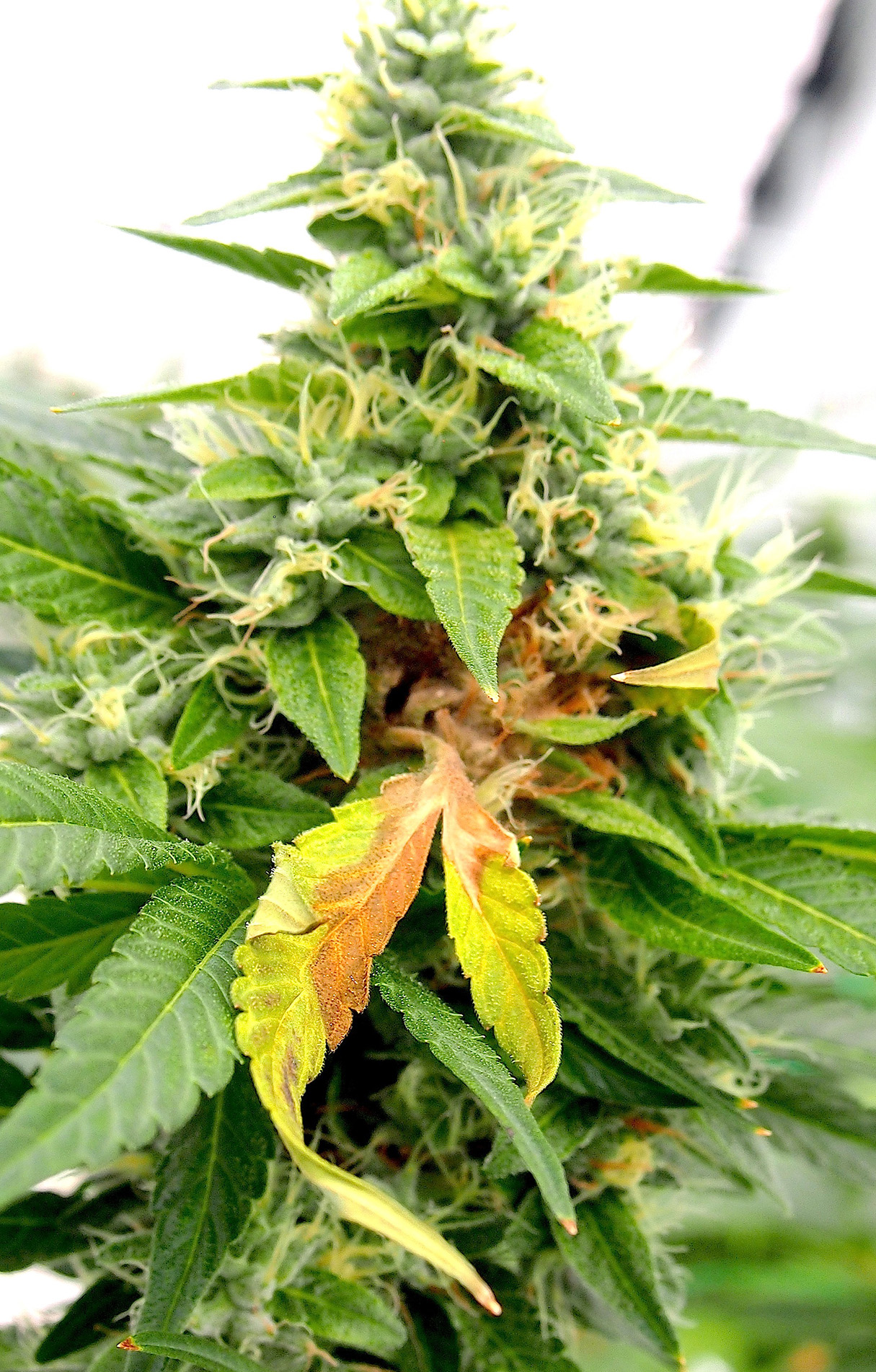
Cannabis cultivation can be a rewarding experience, but it also comes with its fair share of challenges. One of the most dreaded adversaries of cannabis growers is bud rot. Also known as gray mold or botrytis cinerea, bud rot can devastate your precious buds if left unchecked. In this blog post, we'll explore how to detect, prevent, and effectively deal with bud rot, providing you with expert tips to safeguard your cannabis plants.
Detecting Bud Rot:
Early detection is crucial in combating bud rot. Keep an eye out for the following signs:
1. Discoloration: Look for any dark brown or gray spots on the buds, leaves, or stems.
2. Fuzzy or powdery texture: Bud rot can manifest as a dense gray or white layer of fuzz on the affected areas.
3. Musty odor: Bud rot emits a distinct, unpleasant smell akin to damp or decaying matter.
Preventing Bud Rot:
Prevention is the first line of defense against bud rot. Here are some proven strategies to minimize the risk:
1. Proper Air Circulation: Ensure good air movement within your grow space by using fans or ventilation systems. This helps reduce humidity levels and discourages mold growth.
2. Optimal Humidity and Temperature: Maintain humidity levels between 40-50% during flowering, and keep the temperature range between 68-77°F (20-25°C). These conditions create an inhospitable environment for bud rot.
3. Prune and Defoliate: Regularly remove any excess foliage and affected parts of the plant to improve airflow and reduce the chances of mold development.
4. Avoid Overwatering: Overwatering can create a damp environment ideal for mold growth. Water your plants only when the top few inches of soil are dry.
5. Sanitize Your Tools: Sterilize your gardening tools regularly to prevent the spread of pathogens from one plant to another.
Dealing with Bud Rot:
Despite your best efforts, bud rot can still strike. Here's what you can do if you encounter this unwelcome visitor:
1. Isolate Affected Buds: Immediately remove any buds exhibiting signs of rot. Carefully dispose of them to prevent further contamination.
2. Increase Ventilation: Enhance airflow around the remaining healthy buds to minimize the chances of mold spreading.
3. Reduce Humidity: Lower the humidity in your grow space by using dehumidifiers or adjusting ventilation systems.
4. Apply Beneficial Fungi: Some beneficial fungi, such as Trichoderma, can help combat bud rot. Apply these natural fungicides as directed to halt the spread of mold.
5. Harvest Early, if Necessary: If the infection is severe and spreading rapidly, consider harvesting your plants earlier than planned to salvage as much unaffected bud as possible.
Conclusion:
Bud rot can be a formidable opponent, but with vigilance and preventive measures, you can protect your cannabis plants and ensure a successful harvest. Regularly inspecting your plants, maintaining optimal environmental conditions, and promptly addressing any signs of bud rot will go a long way in safeguarding your cannabis crop. By implementing these expert tips, you'll be equipped to deal with bud rot and enjoy bountiful, healthy buds. Happy growing!

